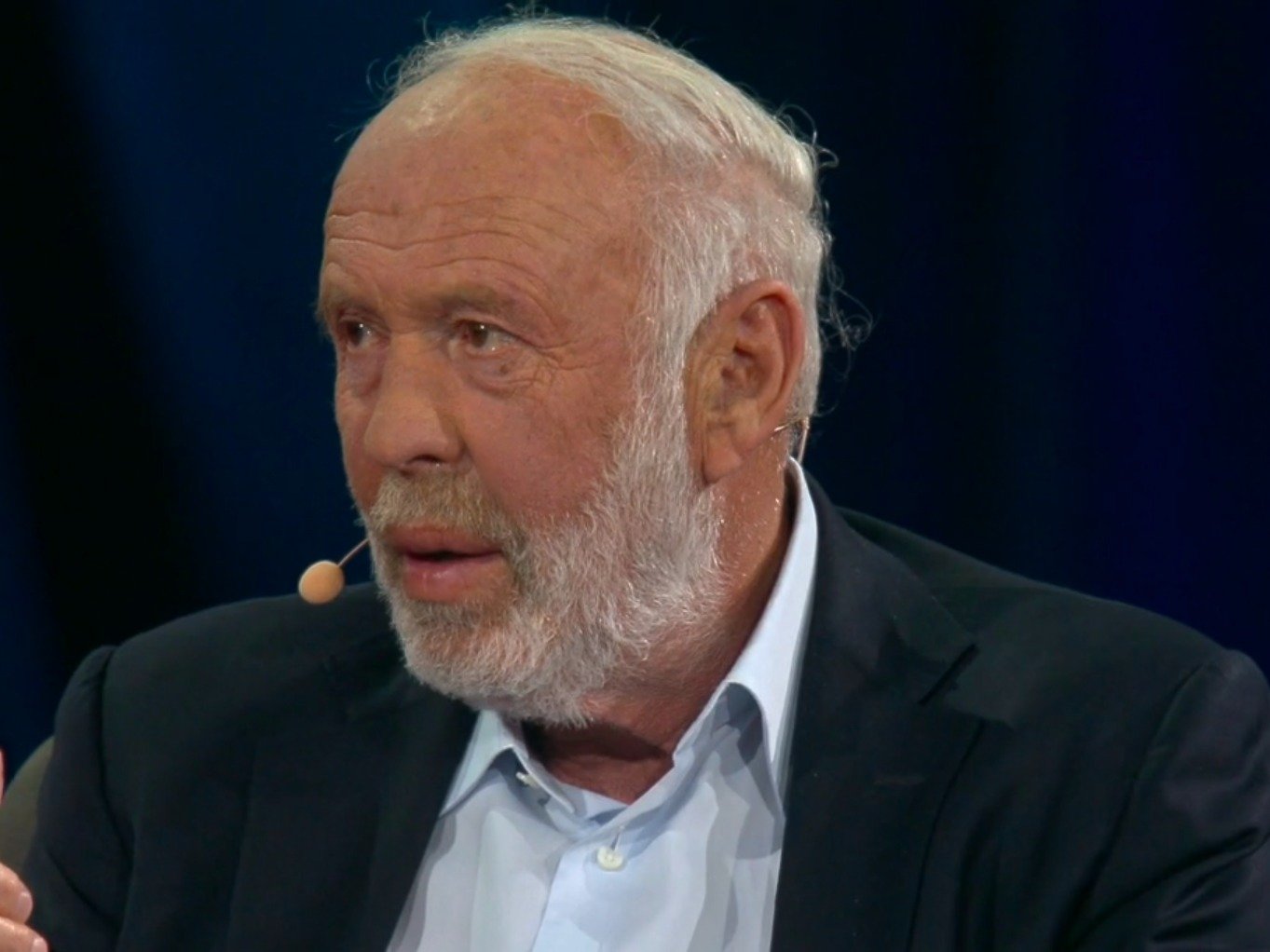 Ted Talk
Ted Talk
Jim Simons, the investor who founded the hedge fund Renaissance Technologies, made $1.7 billion last year, according to Institutional Investor.
Simons ranked second on the publication’s annual hedge fund rich list, behind Citadel CEO Kenneth Griffin.
Simons is the only manager to make the list all 15 years the list has been published, and also ranks top for earnings during the history of the rich list. He has made an estimated $23.5 billion in that time.
Simons is notoriously press shy, but in September 2015, he gave a rare interview to TED’s Chris Anderson to talk about his past and how it led him to the unprecedented success in the hedge fund industry.
Simons spent time cracking codes at the NSA early in his career before moving on to investing.
He told Anderson that his hedge fund used some of the same skills he used at the NSA to get an early read on what to buy and sell in financial markets.
He said: “When I started doing trading, I had gotten a little tired of mathematics. I was in my late 30s, I had a little money. I started trading and it went very well. I made quite a lot of money with pure luck. I mean, I think it was pure luck. It certainly wasn’t mathematical modeling.
“But in looking at the data, after a while I realized: it looks like there’s some structure here. And I hired a few mathematicians, and we started making some models — just the kind of thing we did back at IDA [Institute for Defense Analyses]. You design an algorithm — you test it out on a computer. Does it work? Doesn’t it work? And so on.”
Simons’ hedge fund is known for bringing in mathematicians, astronomers, and physicists into the trading world.
Simons said: “I didn’t really know how to hire people to do fundamental trading. I had hired a few. Some made money — some didn’t make money.
“But I did know how to hire scientists because I have some taste in that department. So, that’s what we did. And gradually these models got better and better, and better and better.”
To read the full transcript of the video click here.
Lucinda Shen contributed to an earlier version of this report.
NOW WATCH: Here’s the sad truth about working over 60 hours a week













